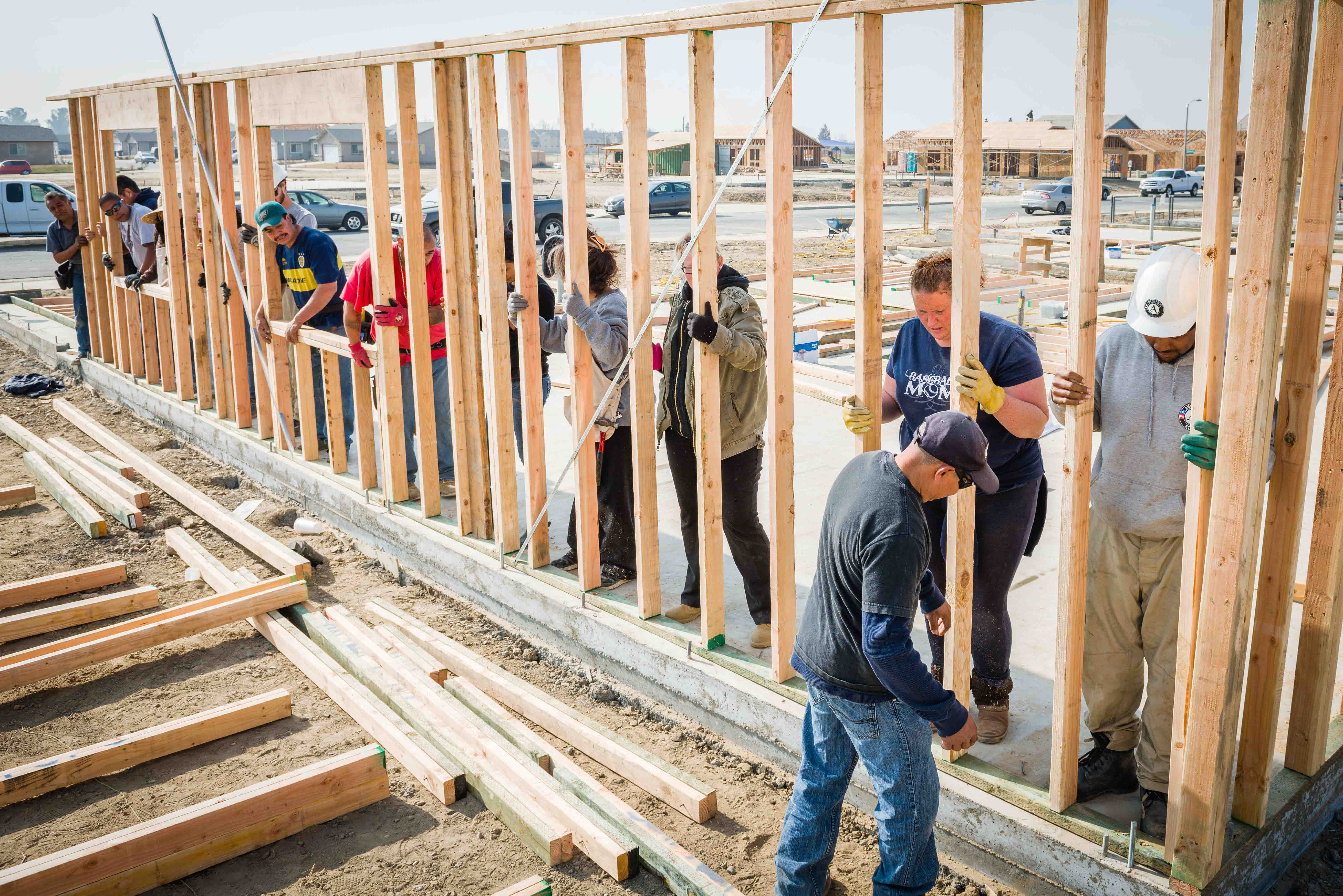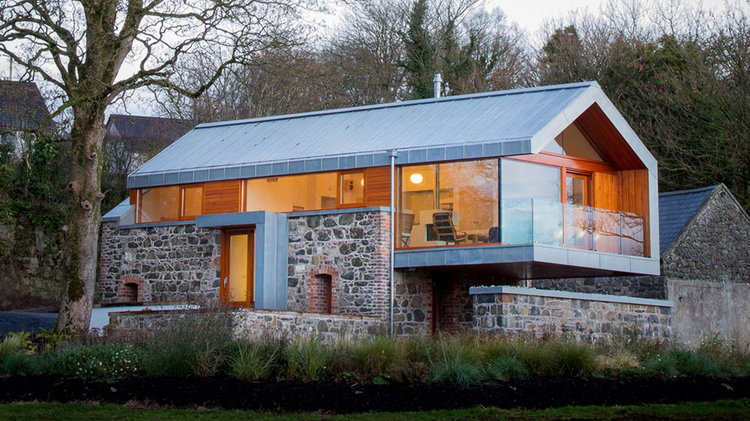Earthship Homes What Are They and How to Build One
Table of Content
Certain portions of the Great Wall were built with rammed earth. The western stretches of the Great Wall extended into the arid climate of the Gobi desert. This region’s resource scarcity likely presented rammed earth as a primary building method. There are still thousands of cob homes and farm buildings in Devon, United Kingdom that date back from the 14th century to the 19th century. Cob buildings can easily last for several hundreds of years if maintained. Maintenance requires keeping the roof, foundations, and plasters in good condition to protect the cob structure from moisture.
A CSEB can spend a year in a bucket of water and come out structurally undamaged — the stabalized block will be completely absorbed with water, but it will look like a building block. At the end of the day, construction and design are similar to any other passive solar home. The south side is covered with lots of glass, east and west walls should provide thermal mass and the earth-bermed north side offers additional protection. On the plus side, an earth-sheltered home is less susceptible to the impact of extreme outdoor air temperatures than a conventional house. Earth-sheltered houses also require less outside maintenance, and the earth surrounding the house provides soundproofing.
Please share you comments here. We would love to know what you think of our Earthship.
Once the earth blocks have been plastered, these walls are sixteen inches thick. So, to conserve on square footage and to expedite the construction process, builders in Loreto Bay used lighter mason's blocks for the interior walls. A standard CEB is 4 inches thick, 14 inches long, and 10 inches wide. The fact that compressed earth blocks are uniform in size saves time during the construction process. Before manufacturing the compressed earth blocks, the clay content must be drawn from the soil. A backhoe mines the earth from surrounding hills at the Loreto Bay, Mexico plant.

Granular soils such as sand and gravel are best for earth sheltering. These soils compact well for bearing the weight of the construction materials and are very permeable, allowing water to drain quickly. The poorest soils are cohesive, like clay, which may expand when wet and has poor permeability. A bermed house may be built above grade or partially below grade, with earth covering one or more walls.
Ready to get started?
This helps to accelerate and intensify anaerobic processes in the tank. You’ve probably seen some tire flower planters or tire obstacle courses for kids or even DIY chairs. Well, discarded tires filled with dirt are the main building material for “Earthship” homes. If you think it’s just another hard-to-replicate, ingenious, and insane DIY project of a handy environmentalist, you’re wrong. Studies show that earth-sheltered houses are more cost-effective in climates that have significant temperature extremes and low humidity, such as the Rocky Mountains and northern Great Plains. It can also take more diligence to resell an earth-sheltered home, and buyers may have more hurdles to clear in the mortgage application process.

Here are a number of examples of earth or more eco-friendly homes. This earth structure has a much more conventional appearance but still has some greenery added in. I've been getting into the Earthship designs a lot lately, here at Texas Tech University.
Making Compressed Earth Blocks
Many people dream of building their own home, but the financial cost and environmental toll of starting from scratch can often seem overwhelming. By stepping outside the box and using natural methods, almost anyone can afford to build their own green home out of sustainable materials. “Earth homes” utilize surrounding terrain or other natural elements such as dirt, bamboo, wood, and clay to create a space with a negligible environmental impact.

Obviously, night temperatures are the lowest and the hottest are usually around noon. Daily and seasonal temperature fluctuations are smoothed out by the thermal mass effect, if a structure is built to employ it. Walls in earth homes can be both thicker and denser to achieve thermal mass. Thank you so much for giving such testimonial of your experience.
Advantages and Disadvantages of Rammed Earth
It doesn’t require a high skill level while 90 degrees angle is pretty difficult to create with rammed tires. The positioning of the horseshoe opening is critical to maximizing light and solar heat in the winter. Walls should be thick and dense to provide thermal mass and regulate the temperature inside the house. Tires packed with earth are great for this purpose but you will have to put a lot of elbow grease into it. Rammed tires can weigh 200 to 300 hundred pounds, so they’re not really portable. While your basic material is junk and earth, it can still be challenging to find and transport these materials.

Oil is also saved because each hydraulic ram machine consumes only about 10 diesel gallons of fuel a day. However, there can be areas of the home that additional access may be necessary to ensure ease of maintenance and repair. You’ve got it all covered, from renewable energy, and passive heating/cooling to collecting water and waste treatment. One will go to the leach drain and another one to the exterior botanical cell. Leach fields or leach drains contain microbial ecosystems, silt, clay, and gravel. Altogether, they act as a biofilter and prevent contamination of water wells.
If you think the earth house is a cool idea, then that’s all that really matters. Wattle-and-daub is a simple earth building technique that has been around for many millennia. Today, wattle-and-daub is found in use mostly in South Asia, and Africa. It had its time in Europe as well, but it is not used there anymore except sometimes for the infill of traditional timber frame buildings. Adobe buildings begin at the corners, and then the first layer of bricks is placed on top of the foundation. Mud mortar is placed on top of the first brick layer, and the next layer is set on top of this in a running bond formation.
The month-long curing process helps strengthen the blocks. The exact recipe used to manufacture CEBs will depend on the soil composition of the region. In Baja California, Sur, Mexico, the Loreto Bay plant combined 65 percent clay, 30 percent sand, and 5 percent lime. Unlike modern adobe blocks, the CEBs don't use asphalt or other potentially toxic additives. When his wife developed chemical sensitivities, builder Jim Hallock searched for ways to construct with nontoxic materials.
Comments
Post a Comment